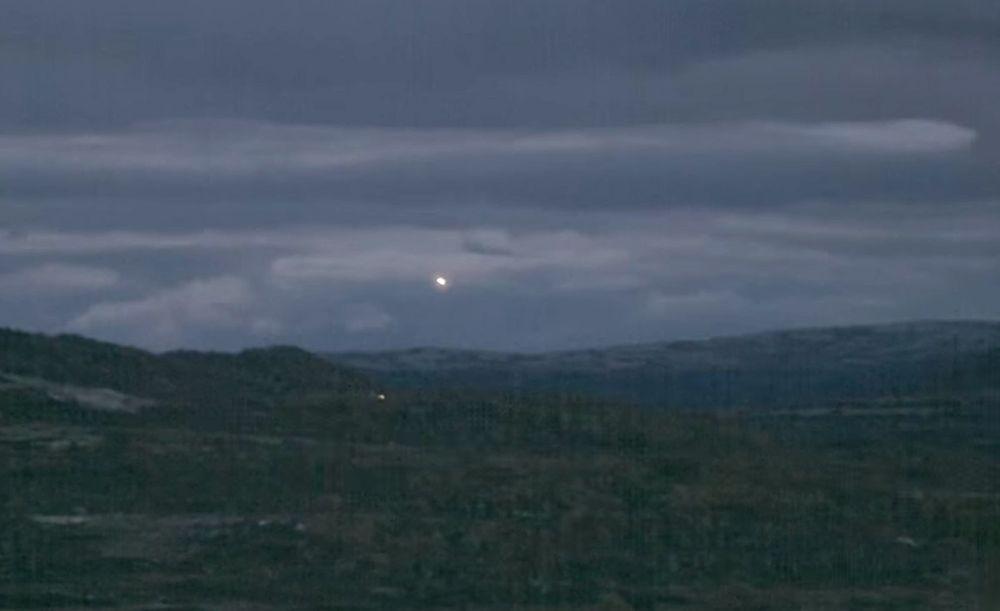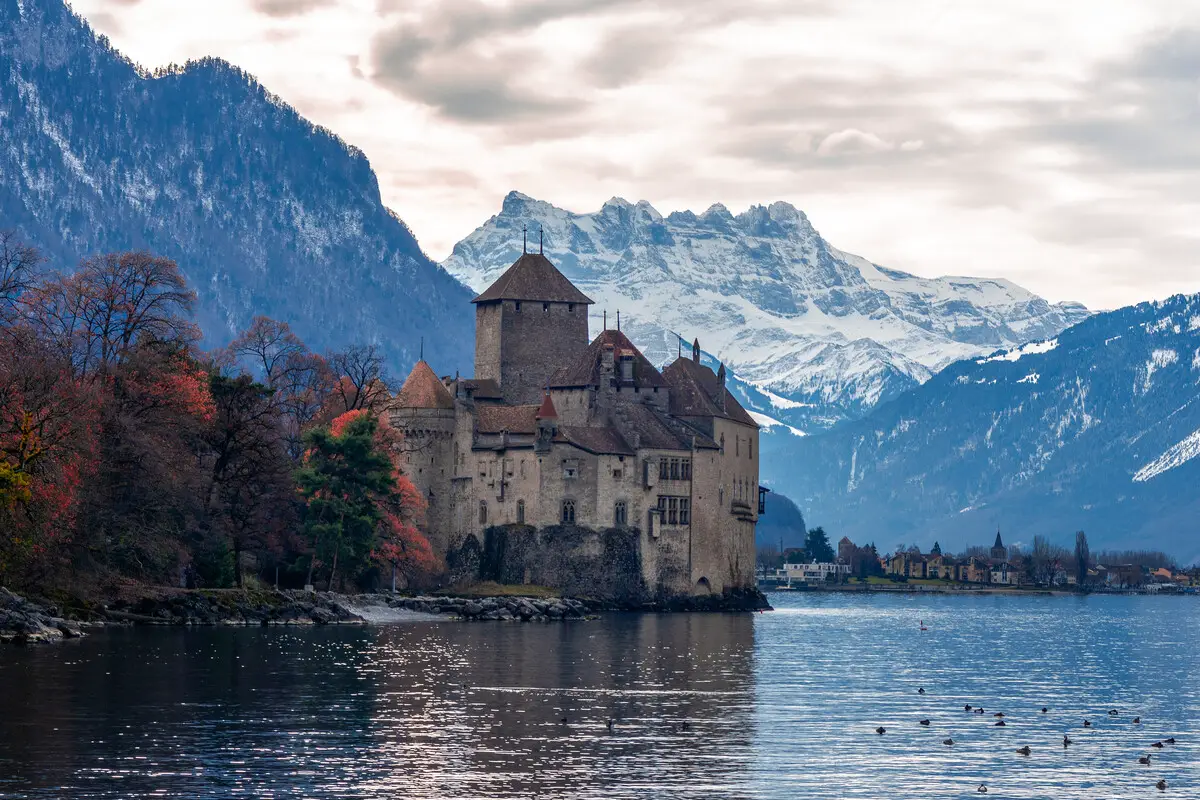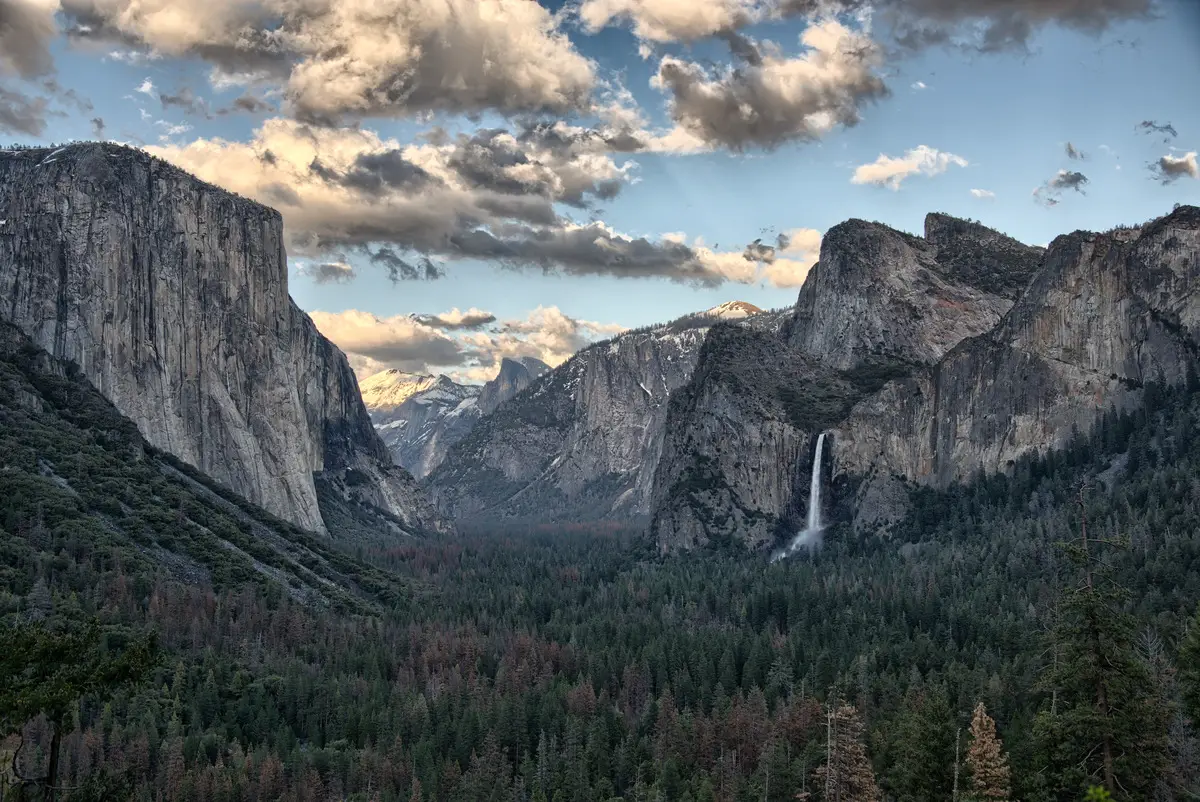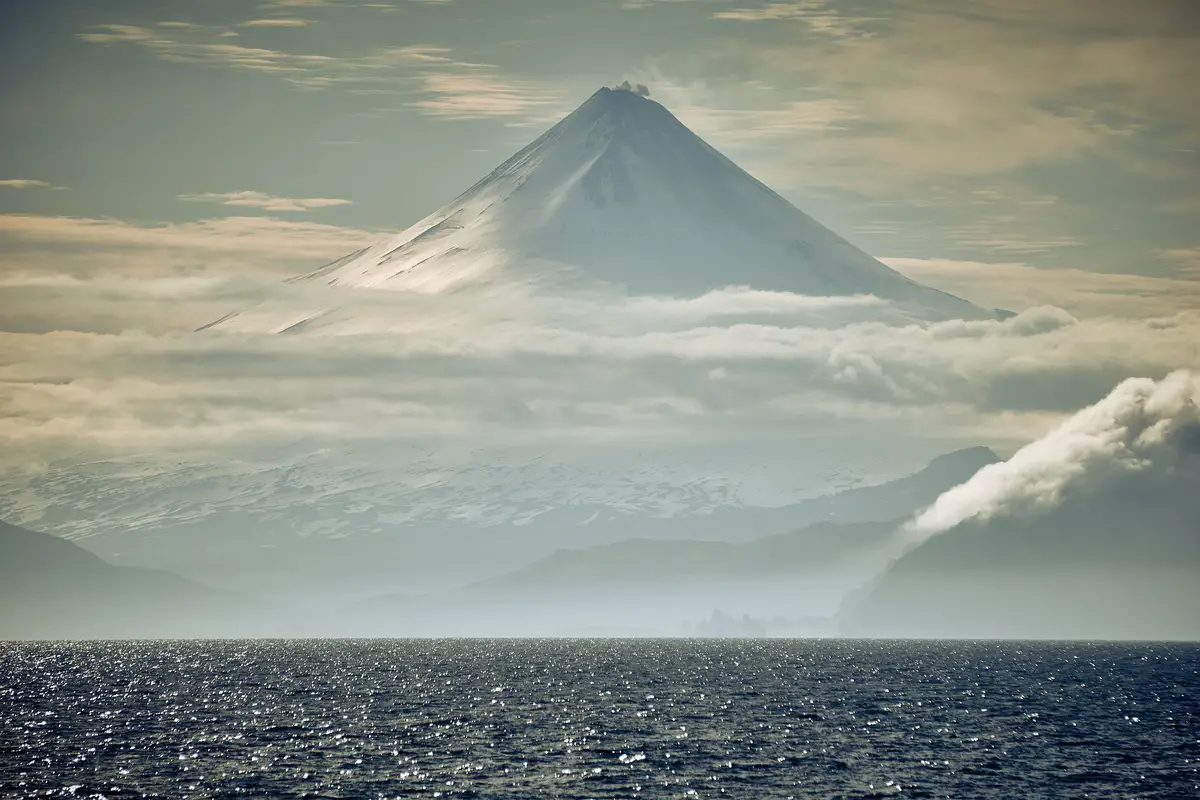Wondermondo 🢖 What is a wonder?
Head article
What is a wonder?

Most people coming to this place in Norway do not see anything unusual – these events are irregular. Is this place a wonder?
 Definitions
Definitions
One of the human emotions is a surprise – a feeling that is caused by an astonishing and /or unexpected thing, fact, or event. If this thing, fact, or event causes surprise to many diverse people – this is a wonder.
Many wonders are linked to a certain place. The aim of Wondermondo is to list and describe such places all around our planet. Thus, the name “wonder” on this website means a surprising place on our planet.
Similar terms: landmark, monument, and heritage
There are values that we want to preserve for future generations and which we admire. Often such values are called: cultural or natural heritage or monument. There exists also a wonderful term – landmark.
A landmark is a feature that symbolizes a certain place. Often this is just a practical feature – a recognizable object that helps to identify the location. Nowadays it is often used in the tourism industry to designate a place that attracts tourists – thus, often a landmark is a wonder.
A monument is rather associated with an object of sculptural art that memorializes a historical event or significant personality. The root of the word contains the Latin term monere – “to remind/warn” – thus a monument is a place or object that has a link to a certain event. In many countries, there are lists of natural and man-made… wonders that are under legal protection and are called – “monuments”. But these lists never include ALL the wonders.
Heritage frequently is a value that belongs to an individual or family and that will be inherited by the next generation. Similarly, we want the whole of humanity to preserve natural and man-made values for the next generations. Somehow the governments divide them into “natural heritage” and “cultural heritage” and their conservation is set apart in different institutions and normative acts, different people deal with each part of the heritage.
The Dutch language has an interesting term – trekpleister (“attraction plaster, spot”) – a location that attracts tourists. This is a nice term… but, if you will look around Wondermondo, you will see lots and lots of amazing wonders that are not visited by tourists.
Each of these terms is suitable for many of the places that are described by Wondermondo. But all these places are wonders.
Borders of the term “wonder”
The seemingly simple concept of wonder hides quite complicated issues, such as:
Area
Wondermondo assumes that wonder can be up to 500 km2 large but in most cases – much, much smaller. This is a very rough approximation to exclude too large and complex features of the Earth. After all – Himalaya is a wonder? The ocean is a wonder? Rainforests of the world is a wonder? The whole planet is a wonder? Yes – definitely! But it simply is not interesting to include such concepts here.
There are a few exceptions. The most notable are two:
- Great Wall of China – most likely its area is smaller than 500 km2 but this wonder is extended over a much larger area than any other.
- Grand Canyon (USA) – this giant is the most prominent natural landmark in the world according to Wondermondo.
Separability
The whole city of Venice is a wonder. But Piazza San Marco in this city also is a wonder. And each structure around Piazza San Marco also is a wonder. It would be weird to classify them as a kind of “sub-wonders” to the wonder of Venice – Wondermondo lists them all as separate wonders.
But there is also a different case. For example, Silver Springs (Florida) belongs to the world’s most powerful springs. But the spring flows out from a cave and in it are found bones of extinct animals. This spring has served also as a shrine. Is it one wonder or four separate wonders in one place – a) a spring, b) a cave, c) a fossil find, and d) an ancient shrine? The author of Wondermondo considers that this is a single landmark because all four of its unique properties are closely linked and located in the same place.
Intangible wonders
Some of the most exciting wonders are even not visible: these are places of legends, such as stories about legendary animals or ghosts. For example, Lizard Man of Scape Ore Swamp (South Carolina in the USA) is an exciting legend but would you really like to meet this legendary creature in person? This wonder is bound to a place but there are no clear borders of this place.
Lost wonders
Nothing is forever – each of the wonders will perish. Over the last decades have been lost such well-known wonders as Azure Window (a natural arch in Malta) and the Senator – a giant cypress tree in Florida, USA as well as many other wonders.
The locations of the Senator or Azure Window still are somewhat special thanks to thousands of images and memories. But – are wonders still there?
In some cases, Wondermondo keeps the information about the lost wonders – but in most cases not.
 Linked articles
Linked articles

Categories of wonders
Currently, the wonders of the world in Wondermondo are divided into 124 categories and four main realms: geology, biology, archaeology, and architecture.

About this project
Wondermondo informs you about the most unusual and interesting wonders of the world. This is a unique website because facts and science matter here but at the same time stories are told in a simple, accessible way.

Rating of wonders
Landmarks in the Wondermondo site have a rating from 0 (least wondrous) to 100 (most wondrous). This rating is calculated with a special formula, using the data of four criteria.
